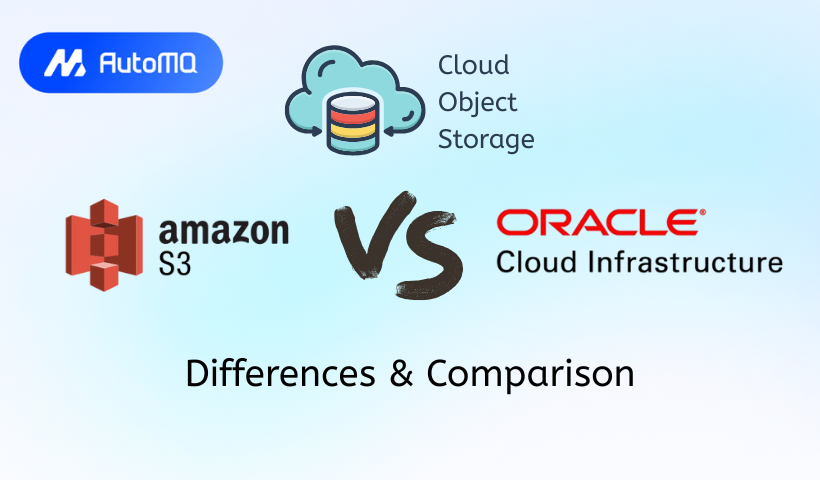Overview
Object storage has become a cornerstone of modern cloud architecture, offering scalable, durable, and cost-effective solutions for a vast array of data types. Two prominent players in this space are Amazon Web Services (AWS) with its Simple Storage Service (S3) and Oracle Cloud Infrastructure (OCI) with its Object Storage service. As a senior software engineer, understanding the nuances between these services is crucial for making informed architectural decisions. This blog post provides a comprehensive comparison based on extensive research into their concepts, features, performance, pricing, security, integrations, best practices, and common issues.
Core Concepts and Architecture
At their core, both AWS S3 and OCI Object Storage allow you to store and retrieve any amount of data, at any time, from anywhere on the web. They treat data as objects, which consist of the data itself and metadata describing the object [1, 2]. These objects are stored in buckets (S3) or containers (OCI, though often referred to as buckets for S3 compatibility) [1, 2]. Each object is identified by a unique key within its bucket.
AWS S3 Architecture
S3 is designed for 99.999999999% (11 nines) of data durability and high availability [1]. It achieves this by automatically replicating data across multiple geographically separated Availability Zones (AZs) within a chosen AWS Region [3]. S3's architecture supports massive parallelism, allowing for high request rates and throughput. It offers strong read-after-write consistency for all storage requests [4].
![A comparison of all AWS S3 storage classes [34]](https://static-file-demo.automq.com/6809c9c3aaa66b13a5498262/69099c1de229a113a46188d2_67480fef30f9df5f84f31d36%252F685e63ac1ae93fe7ffbabea4_1IKz.png)
OCI Object Storage Architecture
OCI Object Storage also boasts 11 nines of durability and is built on a highly scalable and redundant infrastructure [2]. Data is automatically replicated across multiple Availability Domains (ADs) and Fault Domains (FDs) within an OCI Region [5]. OCI emphasizes its use of erasure coding and fast data reconstruction capabilities to ensure data integrity and availability [6]. It also provides strong consistency for data operations.
Both services are accessed primarily via REST APIs, with SDKs available for various programming languages.
Feature Comparison
While the fundamental concept of object storage is similar, S3 and OCI Object Storage have distinct feature sets and implementations.
| Feature | AWS S3 | OCI Object Storage |
|---|---|---|
| Storage Classes/Tiers | Multiple classes: S3 Standard, S3 Intelligent-Tiering, S3 Standard-Infrequent Access (IA), S3 One Zone-IA, S3 Glacier Instant Retrieval, S3 Glacier Flexible Retrieval, S3 Glacier Deep Archive [7]. Offers automatic tiering with S3 Intelligent-Tiering. | Fewer, simpler tiers: Standard (hot), Infrequent Access (cool), and Archive (cold) [8]. Auto-tiering is available. |
| Versioning | Robust object versioning, allowing for retrieval of previous versions to protect against accidental overwrites or deletions [9]. | Supports object versioning, creating a new version on overwrite or delete [10]. |
| Lifecycle Management | Highly configurable lifecycle policies to transition objects between storage classes or expire them based on age, version, or tags [11]. | Lifecycle policies allow for automated object movement between tiers (e.g., Standard to Archive) or deletion based on object names/prefixes and time [12]. |
| Replication | Cross-Region Replication (CRR), Same-Region Replication (SRR), S3 Batch Replication, and Replication Time Control (RTC) with an SLA for 99.99% of objects replicated within 15 minutes [13]. | Asynchronous cross-region replication for disaster recovery and data redundancy [14]. Specific RPO/RTO figures for object replication are not prominently published. |
| Access Control | IAM roles/policies, bucket policies, Access Control Lists (ACLs), S3 Access Points, Block Public Access [15]. | IAM policies (compartment and bucket level), Pre-Authenticated Requests (PARs) for time-limited access to specific objects or buckets without requiring user credentials [16]. ACLs are not a primary access control mechanism. |
| Event Notifications | Supports notifications to SNS, SQS, and Lambda functions, and directly to EventBridge for a wide range of S3 events [17]. | Integrates with OCI Events service, which can trigger Notifications, Functions, or Streaming for object state changes [18]. |
| Static Website Hosting | Natively supports static website hosting directly from S3 buckets with configurable index and error documents [19]. | Can host static websites; one common approach involves using OCI Object Storage with API Gateway for custom domains and more advanced configurations [20]. Direct hosting has limitations. |
| Large Data Import/Export | AWS Snowball family (Snowcone, Snowball Edge, Snowmobile) for petabyte-scale data transfer [21]. S3 Transfer Acceleration uses edge locations to speed up transfers over long distances. | OCI Data Transfer Service, including Roving Edge devices, for large-scale data import/export [22]. |
| Storage Analytics & Insights | S3 Storage Lens provides organization-wide visibility into usage, activity, and recommendations. S3 Inventory for object listings and metadata [23]. | Provides metrics for object count, stored bytes by tier, and API requests [24]. Inventory reports can be generated for buckets. No direct equivalent to S3 Storage Lens with automated recommendations is apparent. |
Performance
Performance in object storage typically revolves around latency, throughput, and request rates.
AWS S3 Performance
S3 is known for high throughput and scalability, supporting thousands of requests per second per prefix. S3 Standard typically offers single-digit millisecond latency for GET requests. The S3 Express One Zone storage class is designed for extremely low single-digit millisecond latency for performance-critical applications [7]. S3 provides strong read-after-write consistency, which simplifies application development [4].
OCI Object Storage Performance
OCI Object Storage is also designed for high performance, offering low latency for data retrieval. OCI publishes metrics like first_byte_latency and total_request_latency [24]. While specific latency figures can vary, OCI aims for competitive performance. It also provides strong consistency. Direct, independent, apples-to-apples performance benchmarks against S3 for various workloads are not commonly found in public literature, making performance comparisons often reliant on documented capabilities and specific use-case testing.
Pricing
Pricing models for object storage can be complex, involving multiple dimensions.
AWS S3 Pricing
S3 pricing includes [25]:
Storage: Per GB/month, varies by region and storage class.
Requests & Data Retrievals: Costs for PUT, COPY, POST, LIST, GET requests, and data retrieval (per GB for some tiers).
Data Transfer:
Inbound: Free.
Outbound (to internet): Tiered pricing per GB, varies by region.
Outbound (to other AWS services within the same region): Often free or lower cost.
Cross-Region Replication Transfer: Per GB.
Feature-Specific Costs: S3 Intelligent-Tiering monitoring fees, S3 Storage Lens (some features), S3 Inventory, etc.
OCI Object Storage Pricing
OCI Object Storage pricing aims for simplicity and cost-effectiveness [26]:
Storage: Per GB/month, varies by tier (Standard, Infrequent Access, Archive). Infrequent Access has a retrieval fee per GB.
Requests: A flat rate per 10,000 requests (e.g., $0.0034 per 10,000 for Standard tier PUTs, GETs, etc.).
Data Transfer:
Inbound: Free.
Outbound (to internet): First 10TB/month free across all services in a tenancy, then a flat rate per GB (e.g., $0.0085/GB in North America/Europe beyond 10TB) [27]. This is a significant differentiator.
Cross-Region Transfer: Charges apply. Costs for features like lifecycle rule transitions or replication operations themselves are generally covered by the standard storage, request, and data transfer costs.
OCI's free outbound data transfer up to 10TB/month can lead to substantial cost savings for applications with high egress traffic.
Security and Compliance
Both S3 and OCI prioritize security and offer robust features.
AWS S3 Security
Encryption: Server-Side Encryption (SSE-S3, SSE-KMS, SSE-C) and client-side encryption. All new objects are encrypted by default [1].
Access Control: IAM policies, bucket policies, S3 Block Public Access (enabled by default for new buckets), S3 Object Ownership, ACLs (legacy, generally not recommended for new use cases), S3 Access Points [15].
Logging & Monitoring: AWS CloudTrail for API call logging, S3 server access logs, CloudWatch metrics [1].
Compliance: Supports numerous compliance programs like PCI DSS, HIPAA, FedRAMP, ISO 27001, SOC 1/2/3 [28]. S3 Object Lock for WORM compliance.
OCI Object Storage Security
Encryption: Data is encrypted at rest by default (AES-256). Supports server-side encryption with Oracle-managed keys, or customer-managed keys via OCI Vault integration or SSE-C [29].
Access Control: IAM policies for granular control at compartment and bucket levels. Pre-Authenticated Requests (PARs) provide temporary, scoped access [16].
Logging & Monitoring: OCI Audit service logs API calls, integration with OCI Monitoring for metrics [24].
Compliance: OCI platform maintains compliance with major standards like PCI DSS, HIPAA, FedRAMP, ISO 27001, SOC 1/2/3 [30]. Retention Rules provide WORM-like capabilities.
OCI's security model is tightly integrated with its compartment structure for resource isolation and IAM policies for access governance.
Integrations (Kafka-related without naming competitors)
Object storage is a common destination for data from streaming platforms.
AWS S3 with Streaming Platforms
S3 is a very popular sink for data from Apache Kafka and similar streaming systems. Connectors (often referred to as "S3 sink connectors") allow services to efficiently write data streams from Kafka topics to S3 objects, typically in formats like Avro or Parquet. These connectors often support exactly-once semantics and partition data in S3 based on Kafka topic partitions or message content. Configuration typically involves S3 bucket details, region, credentials, and data formatting options [31]. Tiered storage solutions within some streaming platforms also leverage S3 to offload older log segments, reducing primary storage costs while keeping data accessible.
OCI Object Storage with Streaming Platforms
OCI Object Storage can also serve as a sink for Kafka data. Due to its S3-compatible API, connectors designed for S3 can often be configured to work with OCI Object Storage by overriding the S3 endpoint URL to point to the OCI S3-compatible endpoint for the appropriate region [32]. Key configuration parameters include s3.endpoint.override and s3.path.style.access [31]. Similarly, streaming platforms offering tiered storage to S3-compatible backends can likely utilize OCI Object Storage by providing the OCI S3-compatible endpoint, region, and credentials.
It's important to verify the specific connector's or streaming platform's documentation for any nuances when using an S3-compatible endpoint like OCI's.
Best Practices
AWS S3 Best Practices
Utilize S3 Block Public Access.
Enforce encryption using SSE-KMS or client-side encryption for sensitive data.
Implement least privilege access using IAM policies and bucket policies.
Use S3 Lifecycle policies to manage storage costs by transitioning or expiring objects.
Enable S3 Versioning for data protection.
Monitor access and usage with CloudTrail, S3 server access logs, and S3 Storage Lens.
Optimize performance by using appropriate prefixes and considering S3 Transfer Acceleration for geographically dispersed uploads.
OCI Object Storage Best Practices
Leverage compartments for resource isolation and fine-grained IAM policies for access control.
Use OCI Vault for managing encryption keys for sensitive data.
Implement Retention Rules for data immutability where required.
Utilize lifecycle policies to move data to Archive Storage or delete it to manage costs.
Monitor usage and access through OCI Audit and Monitoring services.
For high-egress scenarios, OCI's generous free outbound data allowance can be a significant cost optimizer [27].
Use Pre-Authenticated Requests (PARs) judiciously, setting appropriate expiration times.
Common Issues and Considerations
AWS S3
Complex Pricing: The numerous storage classes and pricing dimensions can be challenging to manage and optimize.
Throttling: High request rates to a single prefix can sometimes lead to throttling, though S3 scales automatically.
Misconfiguration: Publicly accessible buckets due to misconfigured permissions have historically been a source of data breaches (though S3 Block Public Access helps mitigate this).
Eventual Consistency (Legacy): While S3 now offers strong read-after-write consistency, older applications might have been designed around eventual consistency for some operations, which is no longer a primary concern for new object PUTs/DELETEs.
OCI Object Storage
Ecosystem Maturity: While growing rapidly, the breadth of third-party tool integrations and community resources might not yet be as extensive as for S3 in all niche areas.
Feature Parity: Some advanced S3 features might have different implementations or may not have direct equivalents in OCI, requiring architectural adjustments for migration.
RPO/RTO for Replication: Specific, guaranteed RPO/RTO figures for OCI Object Storage cross-region replication are not as prominently published as S3's RTC.
SDK/Tooling Issues: As with any cloud service, specific versions of SDKs or tools might occasionally have known issues or limitations when interacting with the service [33].
Conclusion
Both AWS S3 and OCI Object Storage are robust, scalable, and feature-rich services.
Choose AWS S3 if:
You are heavily invested in the AWS ecosystem and require tight integration with other AWS services.
You need the widest array of storage classes for very specific access patterns (e.g., S3 Glacier Deep Archive for ultra-low-cost archiving).
You require features like S3 Replication Time Control (RTC) with its specific SLA.
The vast ecosystem of third-party tools and community knowledge is a primary consideration.
Choose OCI Object Storage if:
Cost, particularly for outbound data transfer, is a major driver (OCI's 10TB free monthly egress is compelling).
You are building applications within the OCI ecosystem and need seamless integration with other OCI services.
Simpler pricing and storage tier structure are preferred.
You require features like Pre-Authenticated Requests for easy, temporary data sharing.
Ultimately, the best choice depends on your specific requirements, existing cloud strategy, performance needs, budget constraints, and the importance of particular features. Thoroughly evaluate both platforms against your use cases to make the optimal decision.
If you find this content helpful, you might also be interested in our product AutoMQ. AutoMQ is a cloud-native alternative to Kafka by decoupling durability to S3 and EBS. 10x Cost-Effective. No Cross-AZ Traffic Cost. Autoscale in seconds. Single-digit ms latency. AutoMQ now is source code available on github. Big Companies Worldwide are Using AutoMQ. Check the following case studies to learn more:
Grab: Driving Efficiency with AutoMQ in DataStreaming Platform
Palmpay Uses AutoMQ to Replace Kafka, Optimizing Costs by 50%+
How Asia’s Quora Zhihu uses AutoMQ to reduce Kafka cost and maintenance complexity
XPENG Motors Reduces Costs by 50%+ by Replacing Kafka with AutoMQ
Asia's GOAT, Poizon uses AutoMQ Kafka to build observability platform for massive data(30 GB/s)
AutoMQ Helps CaoCao Mobility Address Kafka Scalability During Holidays
JD.comx AutoMQ x CubeFS: A Cost-Effective Journey at Trillion-Scale Kafka Messaging
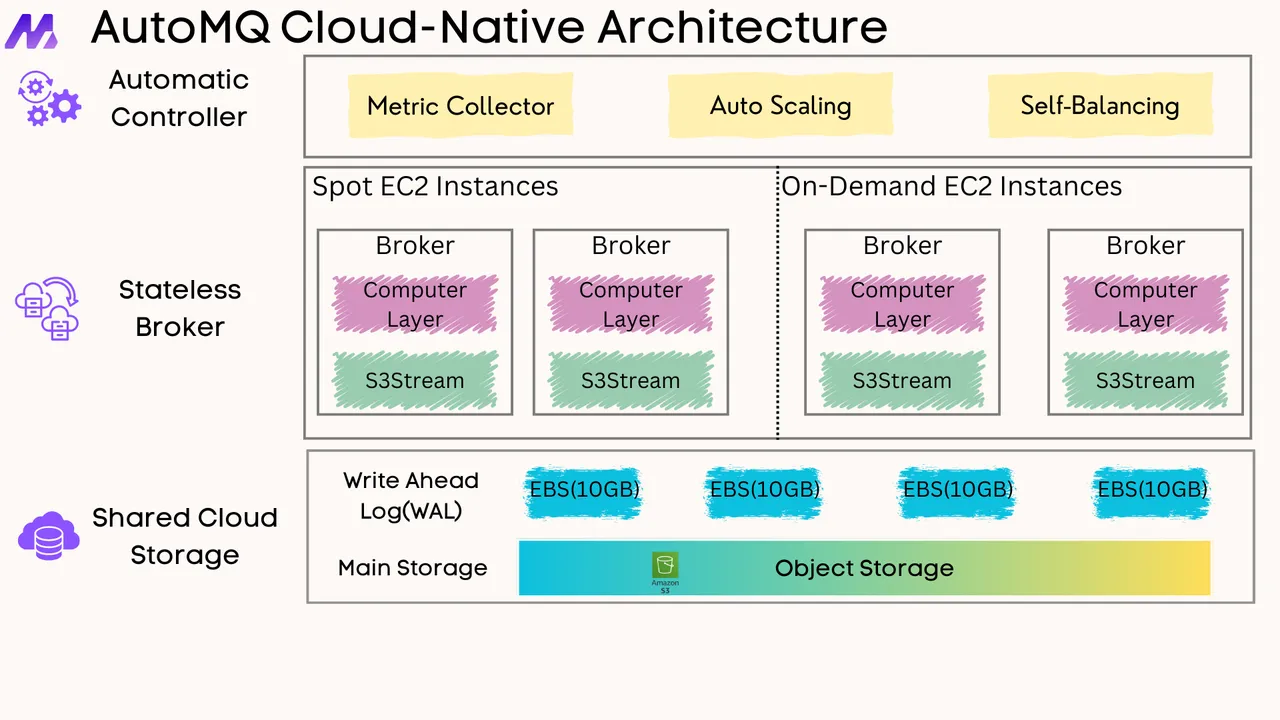





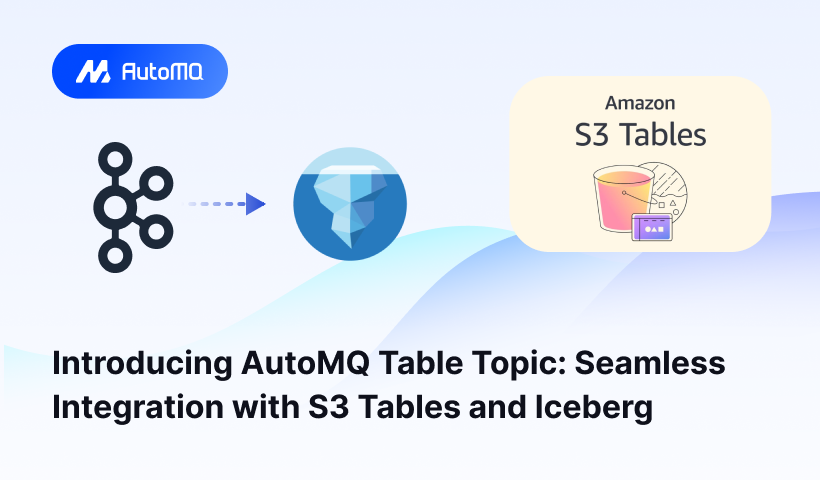
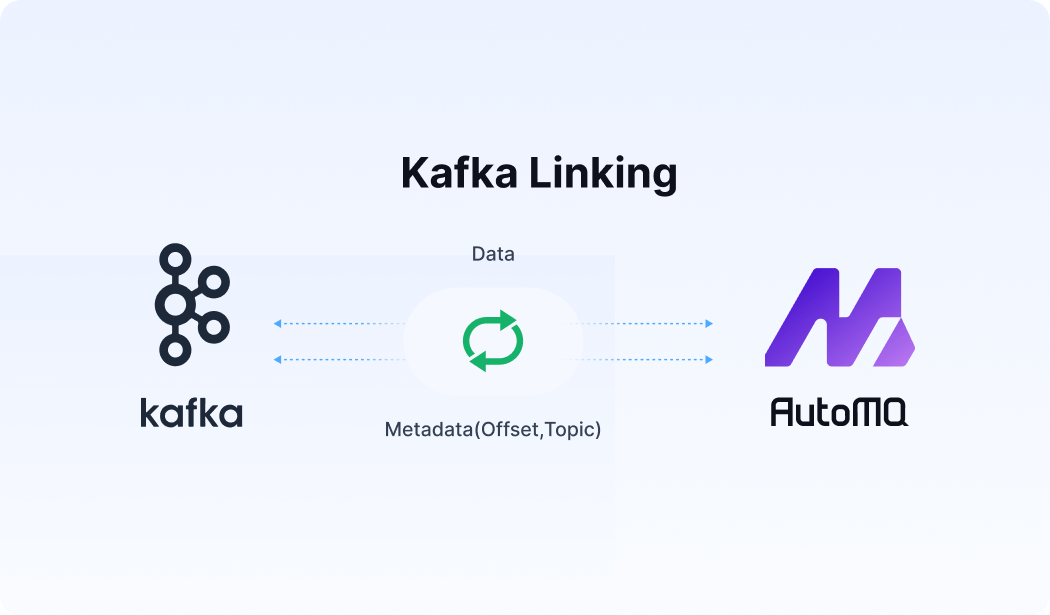




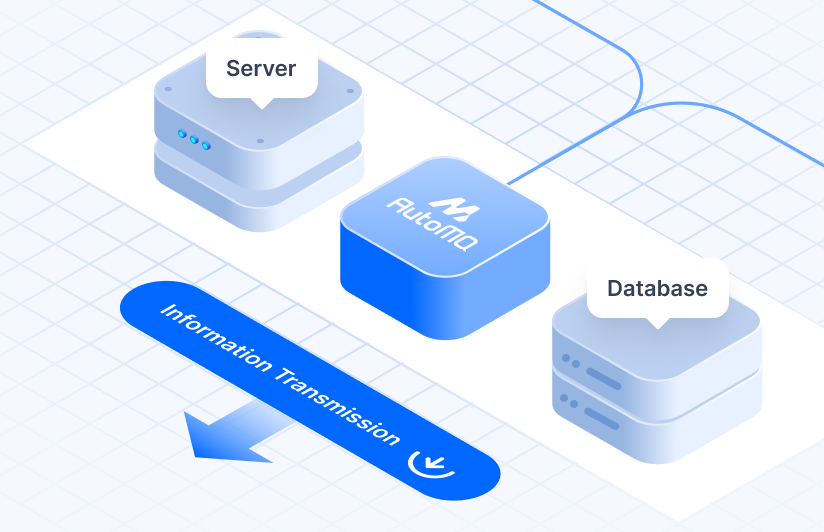
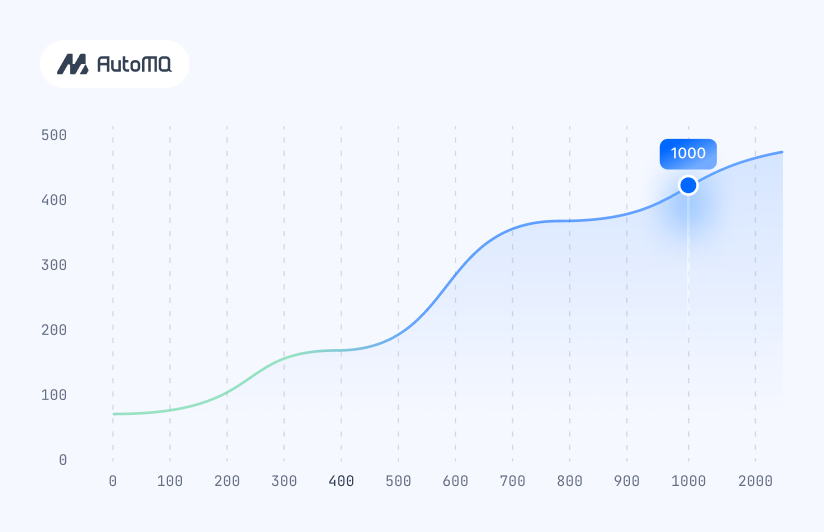


.png)
